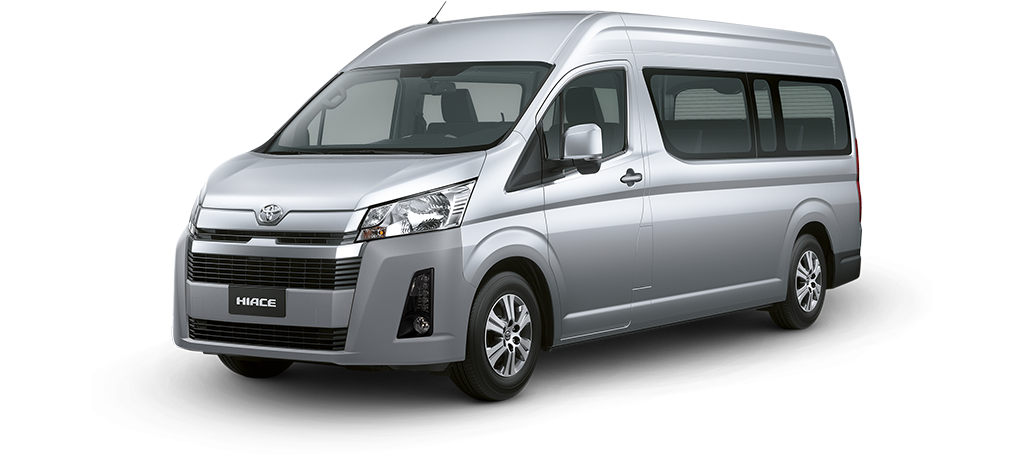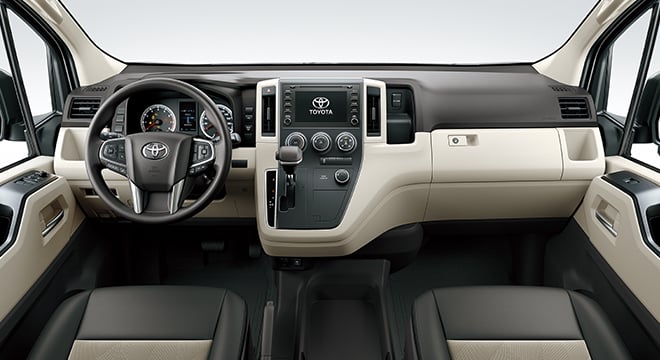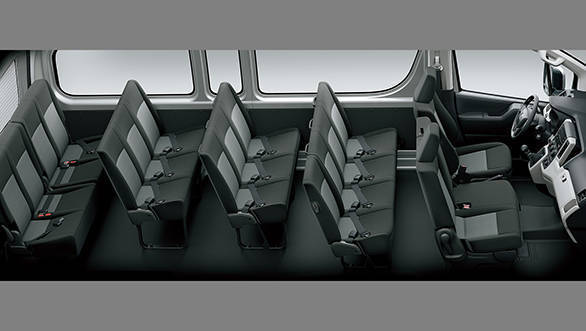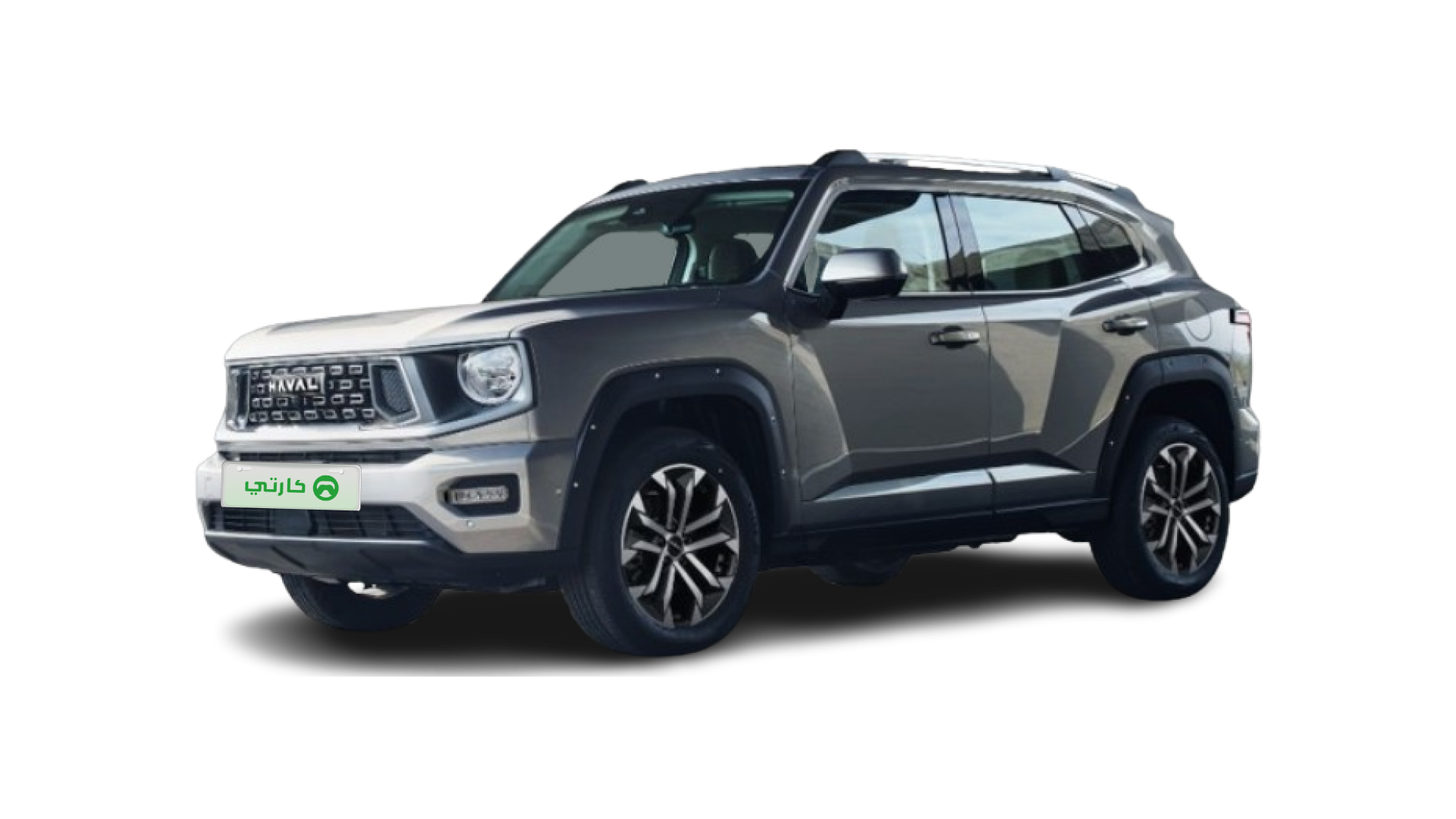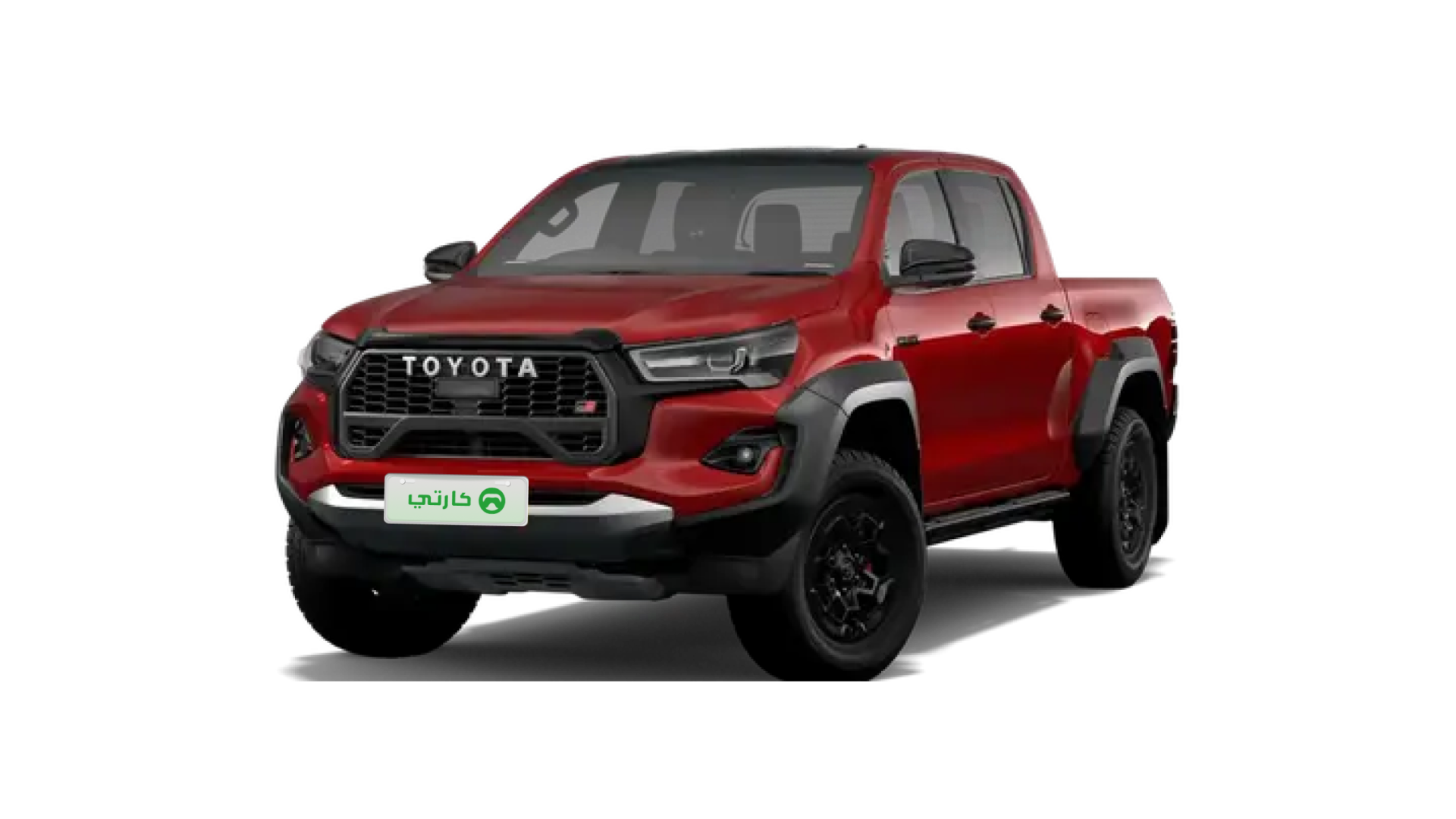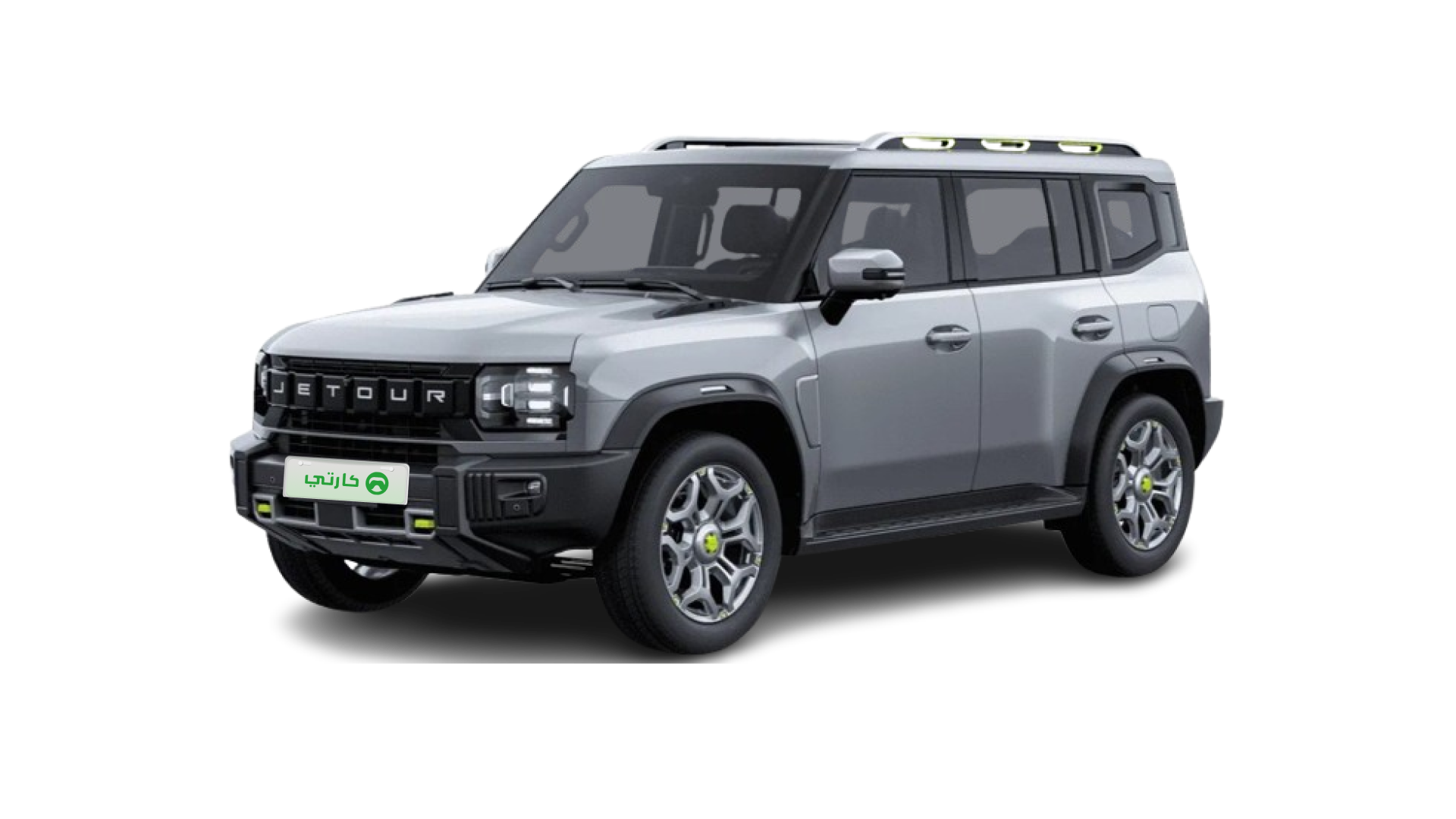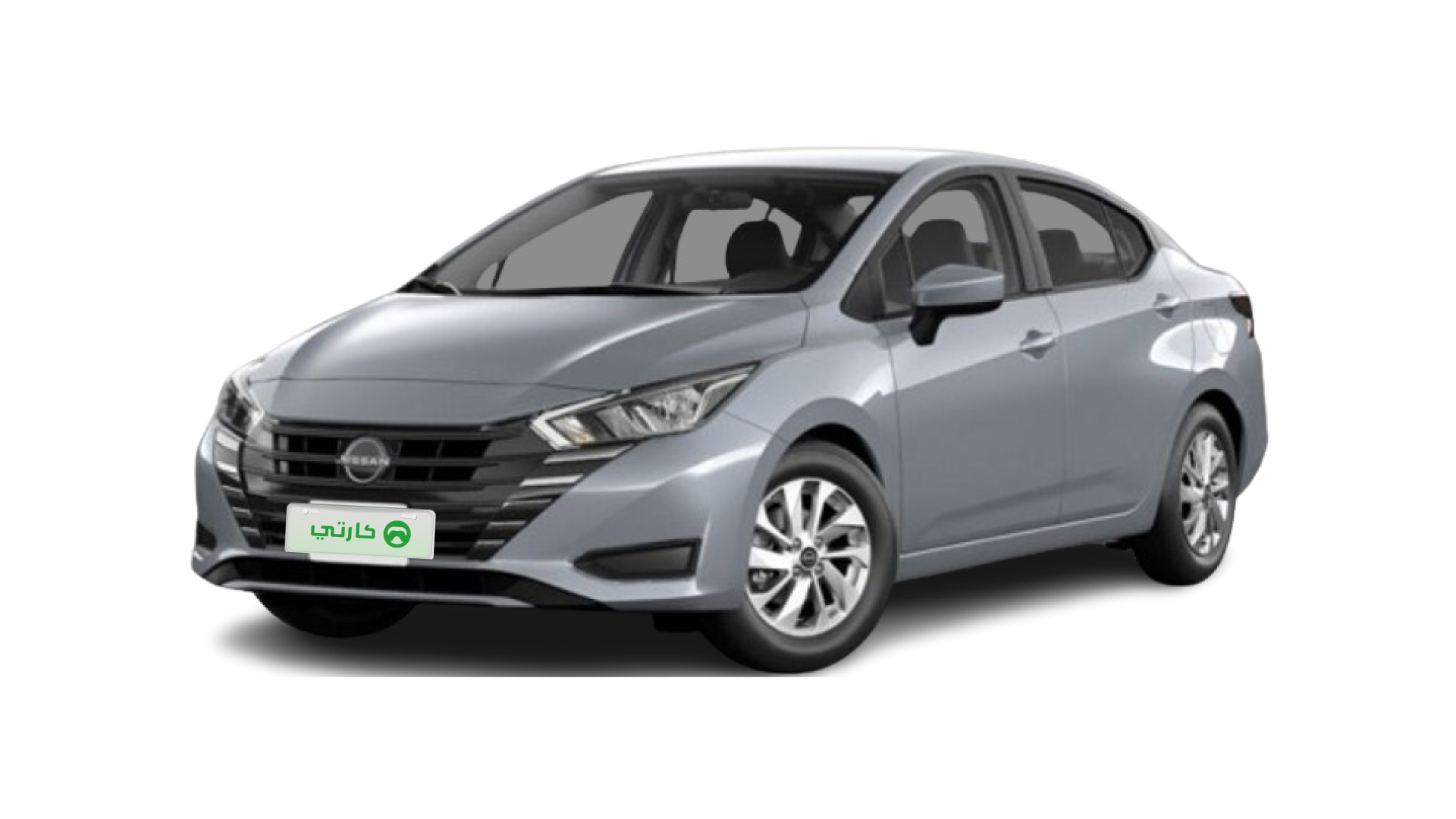If you're passionate about maintaining your Toyota Hiace at its peak performance, you're in the right place. Dive into this guide to discover how genuine Toyota Hiace parts can transform your driving experience and keep your vehicle running smoothly in 2025!
Where to Source Quality Toyota Hiace Parts in 2025
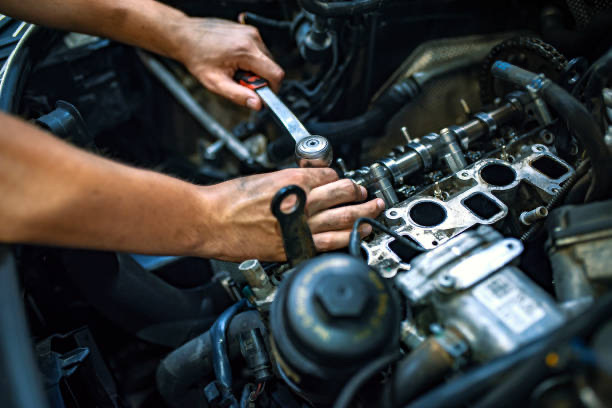
Top 3 Verified Suppliers in the UAE
When searching for authentic and reliable parts, consider these trusted suppliers:
Al Futtaim Automotive:The official distributor offering a wide range of OEM parts that meet GCC certification standards.
AutoPro Middle East:Known for their OE-certified parts, ensuring you receive components that perfectly match your Toyota Hiace.
SpareHub.ae:Enjoy quick, same-day delivery through their advanced network, ideal for those unexpected maintenance needs.
How to Spot Counterfeit Components
To ensure you are purchasing genuine parts, keep these tips in mind:
Verify the holographic Toyota branding clearly imprinted on the packaging.
Confirm that the 17-digit part number corresponds exactly with your vehicle identification number (VIN).
Look for GCC-specific heat resistance labels and quality seals on the packaging.
These simple checks can save you time and money while ensuring long-term reliability.
Maintenance Must-Knows for Hiace Owners
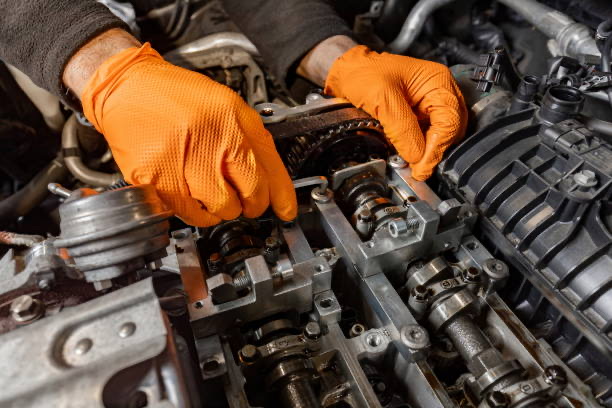
Replacement Schedule Essentials
Maintaining your Toyota Hiace involves regular replacement of critical components. Below is a snapshot of the essential parts with their typical replacement intervals and associated costs (in AED/SAR):
Part | Mileage Interval | Average Cost (AED/SAR) |
|---|---|---|
Air Filter | 15,000 km | 120 - 180 |
Brake Pads | 30,000 km | 400 - 650 |
Timing Belt | 100,000 km | 1,200 - 1,800 |
Daily Inspection Checklist
For everyday reliability, check the following items:
Coolant Levels:Ensure the coolant is checked when the engine is cold for accurate reading.
Tire Pressure:Monitor tire pressure variations, keeping an eye on any deviation of +/- 3 PSI as an early warning.
Dashboard Alerts:Be proactive by addressing any unusual warning light patterns immediately.
Sticking to these maintenance tips can help you avoid costly repairs down the line.
Future-Ready Upgrades for 2025 Models
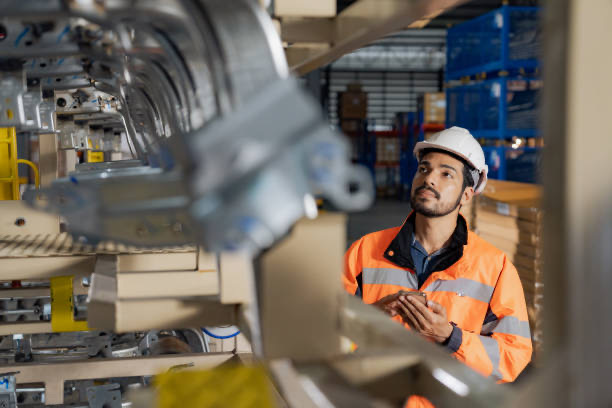
Smart Add-Ons Worth Considering
As technology evolves, upgrading your Toyota Hiace with the right modifications can enhance performance and efficiency. Consider these additions:
Hybrid-compatible alternators to prepare for upcoming fuel changes.
Enhanced cabin air filtration systems for improved interior comfort.
LED light conversion kits that promise up to 35% energy savings.
Warranty-Safe Modifications
Before modifying your vehicle, keep these guidelines in mind:
Approved Modifications:Suspension upgrades designed for heavy loads are typically warranty-safe.
Modifications to Avoid:Reprogramming the engine control module without proper certification can void warranties and affect performance.
Making informed upgrades will ensure your vehicle remains both safe and future-ready.
Emerging Trends in Hiace Parts Technology
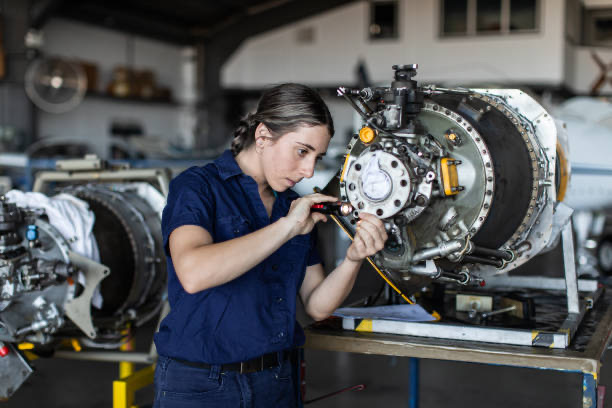
What's Changing by 2025 Q3
Keep an eye on the evolving landscape of Toyota Hiace parts with these emerging trends:
Integration of biometric security systems for fleet vans to enhance safety.
Adoption of solar-assisted climate control components for energy efficiency.
Introduction of recycled-material interior trims, with up to 75% PET-based materials, in line with sustainable practices.
Cost-Saving Predictions
Looking ahead, several trends are set to reduce your overall maintenance costs:
A projected 18% drop in battery prices by 2026.
Increased adoption of 3D-printed custom parts, making part replacement faster and more affordable.
Regional warehouse expansions that will help lower import fees, ensuring competitive pricing.
FAQ

What are the benefits of using genuine Toyota Hiace parts?
Using genuine Toyota Hiace parts ensures that your vehicle maintains its peak performance. These parts are engineered to meet strict quality standards, providing reliability and longevity. They also guarantee compatibility with your vehicle, reducing the risk of damage during installation. Additionally, genuine parts often come with extended warranties and meet GCC certification standards, ensuring peace of mind in your investment.
How can I identify aftermarket options versus OEM components?
Distinguishing between aftermarket and OEM parts can be a key factor in the maintenance of your Toyota Hiace. OEM components come with Toyota’s original markings and precise specifications. In contrast, aftermarket options might offer cost benefits but require careful scrutiny to ensure they meet safety and quality standards. Always verify part numbers and certifications, and consult a trusted supplier if in doubt. Remember, investing in high-quality parts can pay off in reduced maintenance challenges.
What maintenance tips should I follow to keep my Toyota Hiace running smoothly?
Regular maintenance can significantly extend the life of your Toyota Hiace. Start with routine checks such as monitoring coolant levels, tire pressure, and dashboard warning signals. Adhering to the replacement schedule for essential components like air filters, brake pads, and timing belts will also maintain optimal performance. Taking these proactive steps minimizes unexpected breakdowns and helps you plan your budget effectively.
How are future technologies influencing Toyota Hiace parts in 2025?
The automotive parts industry is rapidly evolving, and Toyota Hiace parts are no exception. Innovations such as biometric security systems, solar-assisted climate controls, and 3D-printed components are paving the way for smarter vehicle maintenance. These advancements not only enhance safety but also contribute to fuel efficiency and environmental sustainability. Staying informed about these trends can help you make cost-effective and technologically forward upgrades.
Where can I find certified Toyota Hiace parts suppliers in my region?
Certified parts suppliers are essential for ensuring the authenticity and quality of Toyota Hiace parts. Look for providers that display clear GCC certifications and endorsements. Local suppliers such as reputable automotive centers and dealerships will carry these certifications. You can often verify this information by checking for proper branding and consistent documentation. It’s always wise to contact the supplier directly for any clarification before making a purchase.
This article is for informational purposes only, please refer to local laws and regulations for the latest legal requirements.
Read More:
What Is a Clutch in a Car? 2025’s Guide for Smooth Driving
3 pics

Mustafa Karim, having been deeply involved in automotive research and development for over ten years. He is fond of Japanese cars, and their precise and energy-efficient features have influenced him. In his spare time, he loves Japanese anime and kendo, drawing inspiration from them for control system research and development. He also often shares cutting-edge automotive knowledge on platforms, contributing to industry innovation and adding strength to automotive development with his expertise.
